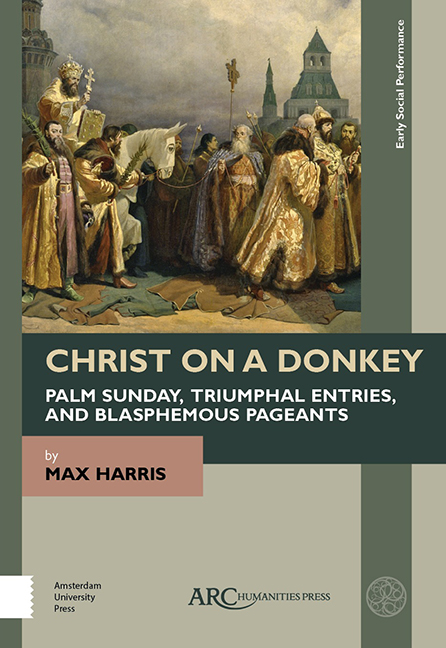Conclusion: Christ Dismembered and the Bombing of Lübeck
Published online by Cambridge University Press: 20 November 2020
Summary
IN THE EARLY hours of Palm Sunday, March 29, 1942, the British Royal Air Force launched the most destructive bombing raid of the Second World War so far. Lübeck, a major German port on the Baltic coast and once the largest and most prosperous city in the Hanseatic League, was chosen as a target not for industrial reasons, but “because it contained many timbered buildings dating from medieval times” and was thus a suitable site “to experiment with a bombing technique using a high proportion of incendiaries.” The resulting firestorm destroyed the cathedral and two of the city's main churches, along with much of the medieval city centre (Fig. 35). Nearly two thousand buildings were destroyed, a thousand people killed, and more than fifteen thousand people left homeless. The timing of the raid, on the morning of Palm Sunday, was chosen to take advantage of the visibility provided by a full moon.
Displayed in the fourteenth-century monastery church (Klosterkirche) of Preetz, some forty miles north of Lübeck, is the lovingly restored remnant of a radically damaged palmesel. The headless, armless, and legless torso of Christ sits astride the equally mutilated torso of the donkey (Fig. 36). Dated to around 1300, the remnant not only shows persuasive signs of the artistry of its sculptor but is also of remarkable historical value as the northernmost surviving evidence of the palmesel tradition. The damage to the image was almost certainly the work of Protestant iconoclasts. Markus Freitag, leader of the 2009 restoration project, reported: “The violent removal (Beraubung) of the figure's most important parts, as well as the marks of hacking on the robe covering [Christ’s] right thigh, suggest malicious destruction.” There is, of course, no historical connection between the Palm Sunday bombing of Lübeck and Preetz's butchered palmesel, but the coincidental juxtaposition of the two offers a suggestive pair of mental images with which to close this book.
Consciously or otherwise, the bombing of Lübeck was a stark rejection of Jesus's choice of a donkey over the military option of a chariot or a war-horse.
- Type
- Chapter
- Information
- Publisher: Amsterdam University PressPrint publication year: 2019



